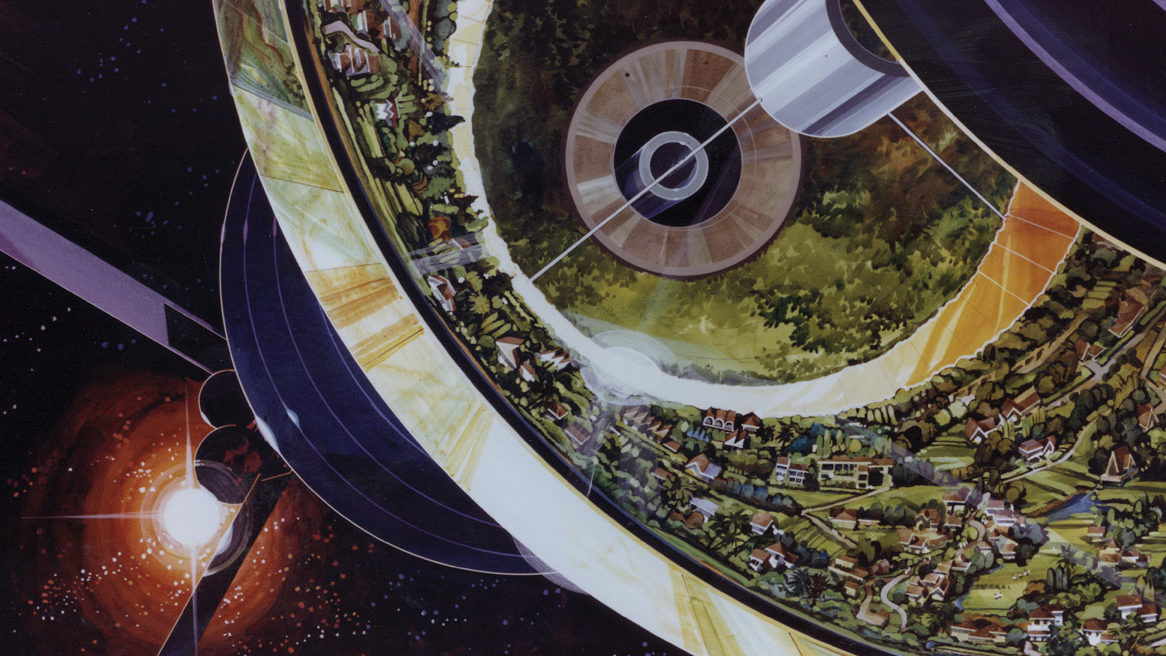1957-10-04 Sputnik 1
Sputnik 1 was launched on October 4th, 1957 at 7:28 p.m. UTC on the Sputnik 8K71PS rocket from Baikonur Cosmodrome’s Site No.1. The goal of Sputnik 1 was simple – to ensure the Soviet Union would be the first to place a trackable satellite into orbit around the Earth. The Politburo approved the project on August 8th, 1955 after U.S. President Eisenhower announced on July 29th, 1955 that the United States would launch an artificial satellite in 1957 or 1958, during the International Geophysical Year.
The Sputnik launcher was a modification of the R-7 ICBM, and both the launcher and the project were the brainchilds of Soviet space visionary Sergei Korolev. Sputnik 1 caught the United States by surprise because, having captured Werner von Braun and the bulk of the German rocket program after World War II, the U.S. government thought it had the lead in rocket development. But Korolev, like von Braun, had a long-standing interest in space exploration and his own ideas of how to achieve it. The most iconic example of that unique vision is the Korolev cross – the way the boosters of any R-7 rocket, from Sputnik through to Soyuz, separate from the rocket.
Initially, the Sputnik 1 satellite was supposed to be Object D, a 1 ton bundle of shielding, power, and scientific instruments. But Object D could not be launched in time and the 84 kg alternate tiny satellite Sputnik 1, which was basically just a shielded 1 watt transmitter, was launched instead. Object D would eventually be launched seven months later as Sputnik 3.
The intended orbit for Sputnik 1 was 223 by 1450 km, but it ended up with a lower apoapsis of 950 km. Its inclination was 65.1 degrees. The entire core stage also made it into orbit, of course, and the decay date was January 4th, 1958.
Links:
